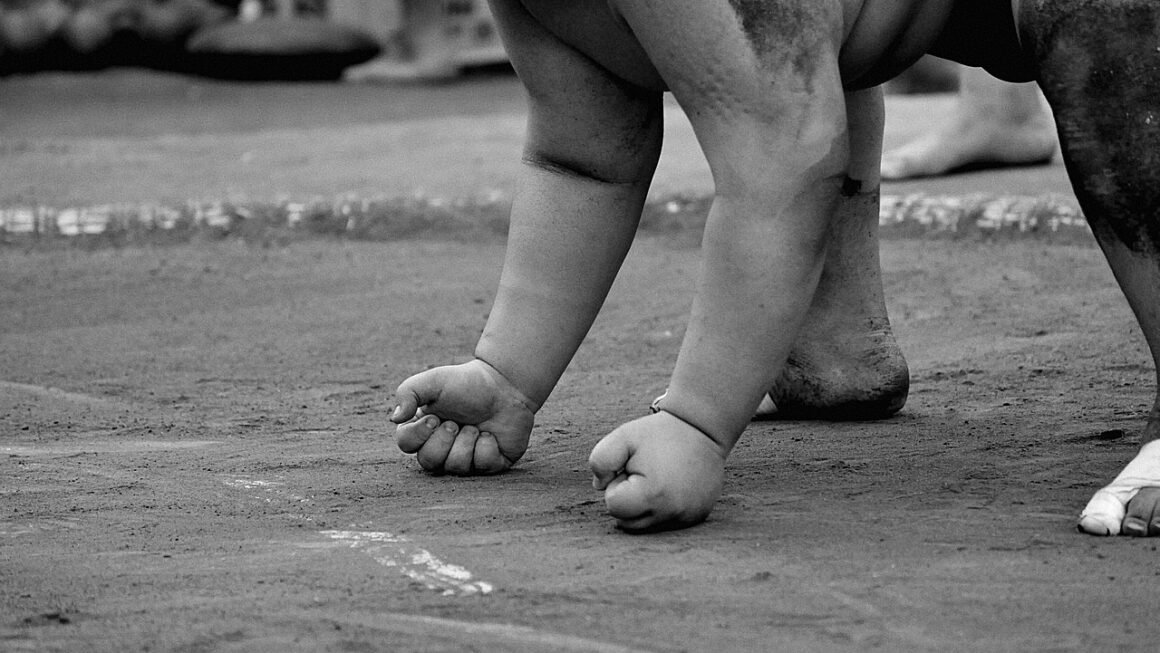Imagine a sport that engages every major muscle group, offering a full-body workout while gliding across serene waters. Rowing, whether on a tranquil lake or in a bustling indoor gym, is a dynamic and challenging activity that provides unparalleled physical and mental benefits. This comprehensive guide will delve into the world of rowing, exploring its different forms, benefits, techniques, and how you can get started.
The Allure of Rowing: A Comprehensive Overview
Rowing, at its core, is a propulsion method using oars to move a boat or shell through water. However, it’s far more than just a means of transportation. It’s a sport demanding strength, endurance, coordination, and mental fortitude. From recreational rowing to competitive racing, the discipline offers something for everyone.
Different Disciplines within Rowing
- Sweep Rowing: Each rower uses one oar, requiring precise synchronization and teamwork. This is typically done in boats of two, four, or eight rowers. A coxswain steers the boat and provides commands in four and eight-person shells.
Example: A crew of eight rowers, each with one oar, powers a racing shell across a 2000-meter course.
- Sculling: Rowers use two oars, one in each hand. This allows for more individual control and technique development. Boats are typically single (1x), double (2x), or quad (4x) sculls.
Example: A single sculler, often referred to as a “1x,” trains independently to refine their technique and power.
- Indoor Rowing (Ergometer): Rowing machines, also known as “ergs,” simulate the rowing motion and are widely used for training, fitness, and indoor competitions. These machines provide valuable data on power output and stroke rate.
Example: Indoor rowing competitions, such as the CRASH-B Sprints, attract thousands of participants competing for the fastest 2000-meter time.
Benefits of Rowing: A Full-Body Workout and More
Rowing offers a multitude of physical and mental benefits, making it an excellent choice for individuals of all fitness levels.
- Full-Body Engagement: Works approximately 86% of your muscles, including legs, core, back, and arms. This leads to increased overall strength and endurance.
- Cardiovascular Health: Rowing is an excellent cardiovascular workout, improving heart health, lowering blood pressure, and increasing lung capacity.
- Low Impact: Gentle on the joints, making it suitable for individuals with joint pain or injuries.
- Mental Well-being: The rhythmic motion and focus required in rowing can reduce stress, improve mental clarity, and boost mood.
- Calorie Burning: Rowing is a high-calorie-burning activity, aiding in weight loss and maintenance. An average person can burn between 600-800 calories per hour, depending on intensity and weight.
- Improved Posture: Rowing strengthens back and core muscles, contributing to better posture and reduced back pain.
Mastering the Rowing Stroke: Technique and Form
Proper technique is crucial for efficient and injury-free rowing. Whether you’re on the water or using an ergometer, understanding the phases of the rowing stroke is essential.
The Four Phases of the Rowing Stroke
The rowing stroke can be broken down into four distinct phases: Catch, Drive, Finish, and Recovery.
- Catch: This is the start of the stroke. The rower is leaned forward, with arms straight and shoulders in front of the hips. The blade is placed in the water.
Technique Tip: Focus on engaging your core and maintaining a strong posture.
- Drive: This is the power phase where the rower propels the boat forward. The legs initiate the drive, followed by the core and then the arms.
Technique Tip: Keep your back straight and use your legs to generate the majority of the power.
- Finish: The oar is pulled into the chest, with elbows close to the body. The legs are fully extended, and the back is slightly leaned back. The blade is extracted from the water.
Technique Tip: Avoid pulling with your arms too early in the stroke; let the legs and core do the work.
- Recovery: This is the return to the catch position. The hands move away from the body, followed by the seat sliding forward.
Technique Tip: Maintain a relaxed posture and control your body’s movement to conserve energy.
Common Rowing Mistakes to Avoid
- Hunching the Back: This can lead to back pain and injury. Keep your back straight throughout the stroke.
- Pulling with Arms Too Early: The legs should initiate the drive. Focus on using your legs to generate power.
- Rushing the Slide: The recovery should be controlled and smooth. Rushing can lead to imbalances and decreased efficiency.
- Not Engaging the Core: The core is essential for stabilizing the body and transferring power. Keep your core engaged throughout the stroke.
Getting Started with Rowing: On the Water and Indoors
Whether you’re drawn to the serenity of open water or the convenience of indoor rowing, there are numerous ways to get started.
Learning to Row on the Water
- Find a Rowing Club: Many rowing clubs offer learn-to-row programs for beginners. These programs provide instruction on basic technique and safety.
Example: Contact your local rowing club and inquire about their introductory courses. Many clubs offer trial sessions.
- Take Lessons: Consider taking private lessons from a qualified rowing coach. This can provide personalized instruction and accelerate your learning.
- Start with Recreational Rowing: Begin with recreational rowing in stable boats to develop your skills and confidence.
- Safety First: Always wear a life jacket and be aware of your surroundings.
Indoor Rowing: The Ergometer Experience
- Proper Setup: Adjust the foot stretchers to a comfortable position. The handle should be within easy reach.
- Start Slowly: Begin with short sessions of 10-15 minutes and gradually increase the duration and intensity as you improve.
- Focus on Technique: Emphasize proper technique over speed. Watch instructional videos and seek guidance from experienced rowers.
- Utilize the Monitor: Use the ergometer’s monitor to track your progress and monitor your stroke rate, power output, and distance.
Example: Aim for a stroke rate of 20-24 strokes per minute (spm) when starting and gradually increase as your fitness improves.
- Join a Class: Many gyms and fitness studios offer indoor rowing classes, providing a structured workout and motivation.
Training for Rowing: Endurance, Strength, and Technique
To excel in rowing, you need to develop endurance, strength, and refined technique. A well-rounded training program should incorporate all three elements.
Endurance Training
- Long, Slow Distance (LSD): These workouts build aerobic capacity and endurance. Aim for 60-90 minutes of steady-state rowing at a low to moderate intensity.
- Interval Training: Alternate between high-intensity intervals and periods of rest or low-intensity rowing. This improves cardiovascular fitness and power output.
Example: 4 x 5 minutes at race pace with 3 minutes of rest in between.
- Cross-Training: Incorporate other aerobic activities such as running, cycling, or swimming to improve overall fitness.
Strength Training
- Squats: Strengthens the legs, which are crucial for generating power in the rowing stroke.
- Deadlifts: Develops the back and core muscles, essential for stability and power transfer.
- Pull-ups: Strengthens the back and arms, improving pulling power.
- Core Exercises: Planks, Russian twists, and other core exercises improve core stability and power transfer.
Technique Drills
- Legs-Only Rowing: Focus on driving with your legs while keeping your arms straight.
- Back-Only Rowing: Engage your core and back muscles to pull the handle while keeping your legs straight.
- Arms-Only Rowing: Use your arms to pull the handle while keeping your legs and back stationary.
- Pause Drills: Pause at different points in the stroke (catch, drive, finish, recovery) to focus on proper form.
Conclusion
Rowing is a versatile and rewarding activity that offers a comprehensive workout and numerous physical and mental benefits. Whether you’re drawn to the challenge of competitive rowing or the tranquility of recreational rowing, there’s a place for everyone in this dynamic sport. By understanding the fundamentals of technique, training, and safety, you can embark on a fulfilling rowing journey and experience the joy of gliding across the water with power and grace. So, find a local rowing club, hop on an ergometer, and discover the transformative power of rowing!



